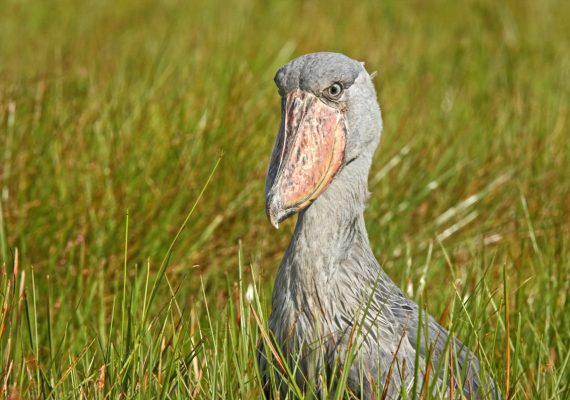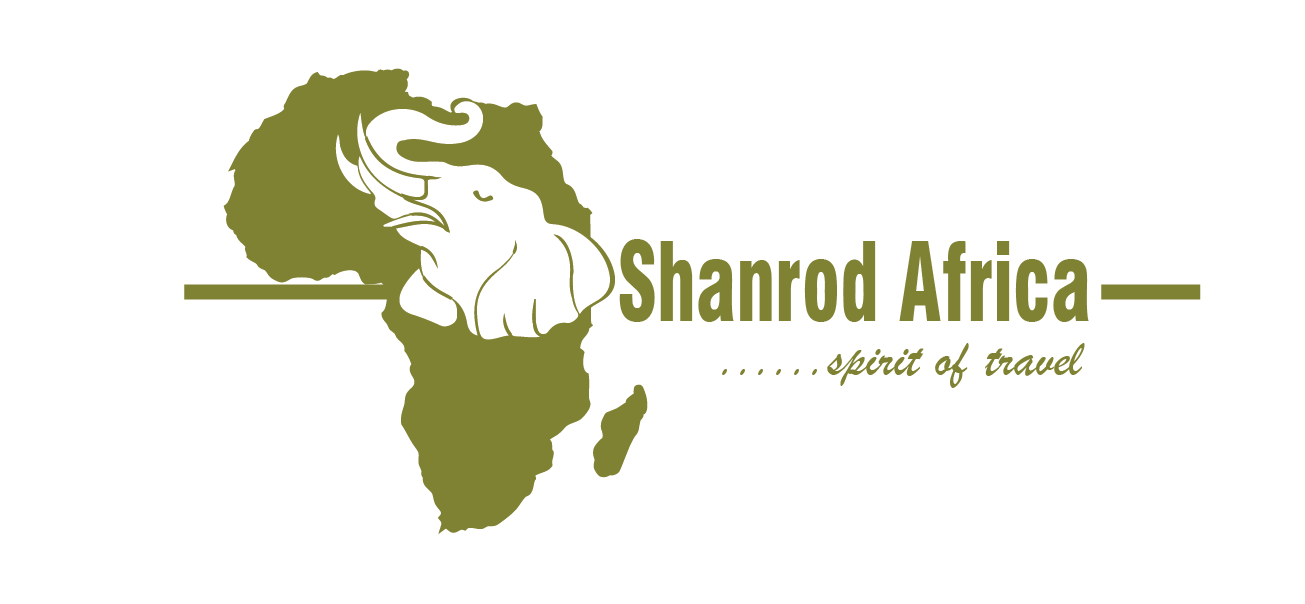Lake Opeta and its surrounding swamp falls in four Districts; it is the only significant wetland in the Karamoja area, and one of the few remaining intact marshes in Uganda. The Important Bird Area (IBA) covers Lake Opeta itself and the surrounding marsh from Lake Bisina in the west, bordering East Teso Controlled Hunting Area in the north, Pian-Upe Wildlife Reserve in the east, and covering the seasonal grassland indicated as Lake Okolitorom on maps. The IBA is predominantly an extensive swamp of Miscanthus to the east and south, merging into dry Hyparrhenia grass savannas.
Lake Opeta and its surrounding swamps is located in north eastern Uganda, in four districts of Nakapiripirit (Namalu sub-county and Lorachat sub-county), Sironko (Bunambutye sub-county), Katakwi (Usuku county, Magoro sub-county) and Kumi (Kolir sub-county, Malera sub-county and Ongino sub-county). It is located 25 kms from Kumi town and the northern part borders a Wildlife Reserve, Pian-Upe Wildlife Reserve and Teso Community Reserve.
Lake Opeta is a small lake in the middle of the swamp, covered by water-lilies Nymphaea with a thin fringe of papyrus Cyperus papyrus on the eastern side. There is a wooded island in the middle of the swamp called the Tisai, where a few people live. The area is mainly used by the Karamojong and Pokot people for grazing their cattle in the dry season.
The wetland of Lake Opeta has been considered to be of great importance for the conservation of birds. Ploceus spekeoides has been recorded as breeding, but its overall status and distribution in Uganda remain poorly known. Species of the Lake Victoria Basin biome that are expected, but have not been recorded yet, include Bradypterus carpalis, Chloropeta gracilirostris, Cisticola carruthersi and Serinus koliensis.
The Important Bird Area borders Pian-Upe Wildlife Reserve, which is important for a number of mammal species of global conservation concern. The area was formerly renowned for its large numbers of large mammals, including Panthera leo. Most of the surviving large mammals are in the south of the reserve, in the buffer zone between two Karamojong tribes, the Pian and the Pokot, along the Greek river which drains into Lake Opeta. The main watering grounds for the animals are the swamps associated with the lake.
Noteworthy fauna:
The small mammals found in Lake Opeta Wetland System and listed in lower risk categories, in the IUCN red list of threatened animals include: Marsh mongoose, Slender Black tipped mongoose, Ground squirrel (Xerus erythropus), Bush squirrel (Paraxerus palliates), Savanna Gerbil (Tatera valida), Cane rat (Thryonomys swinderianus), Giant pouched rat (Cricetomys gambianus), Shrew (Crocidura sp.), Water mongoose (Atilax paludinosus), Cape Clawless otter (Aonyx capensis), Mustriton and Thyronomys gregorianus (Rat).
Rare butterfly species including: Anthene butleri, Azanus natalensis and Colotis evantee. Bird species of global conservation concern: The Fox’s Weaver Ploceus spekeoides (endemic to Uganda); Shoebill Balaeniceps rex (vulnerable) and the Papyrus Gonolek Laniarius mufumbiri (near-threatened).
Roan Antelope Hippotragus equinus last population in Uganda is supported by Pian-Upe Wildlife Reserve but grazes and waters in Opeta wetland system during the dry season. Other species present (Pian-Upe Wildlife Reserve which graze in the Opeta wetland system) include large populations of Topi Damaliscus lunatus, Hartebeest Alcelaphus buselaphus, Eland Taurotragus oryx, Zebra Equus greyvi, leopard Panthera pardus, Lion Panthera leo, Buffalo Syncerus caffer, Rothschild’s Giraffe Giraffa camelopardalis, and Bright’s Gazelle Gazella granti, most of which survive along the Greek river which drains into Lake Opeta.
Popular Birding Safaris



